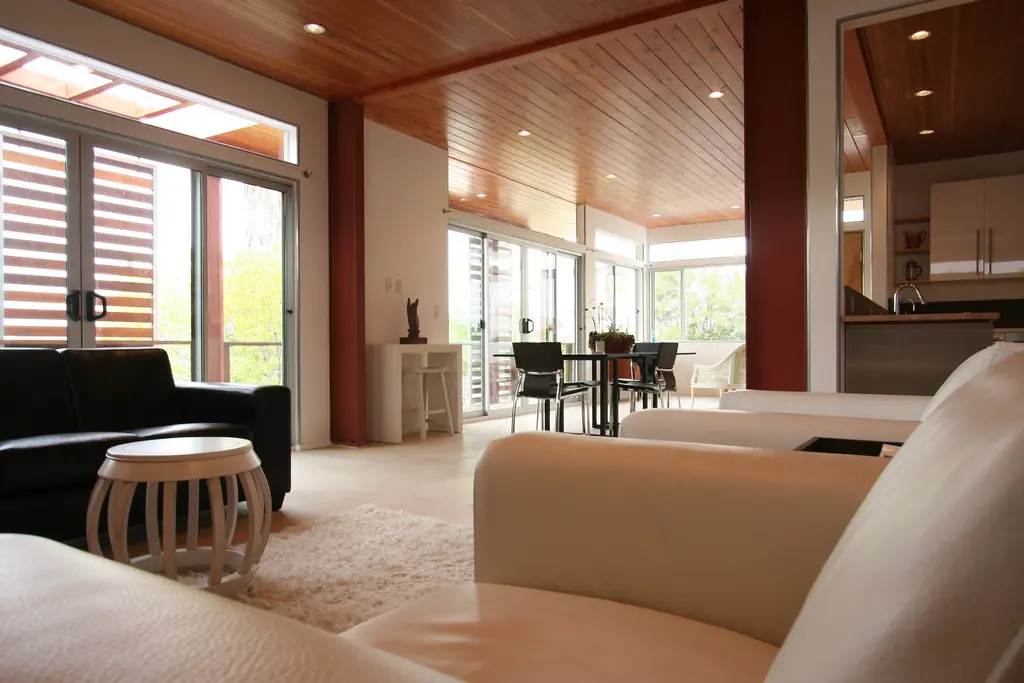In our last article, we discussed occupancy sensors as an effective way to not only save energy, lower your utility bills, and achieve a fast ROI, but to comply with lighting control regulations such as California’s Title 24. This week, we discuss daylight harvesting (daylighting) controls, which provide energy savings during peak demand times when electricity costs are highest—such as during the hot summer months. Studies have shown that when done effectively, daylighting can help you reduce your utility bills anywhere from 30 to 80 percent while improving the quality of your visual environment.
Daylighting systems work via a photosensor that reduces electric light levels inside (by dimming lights, stepping them down, or turning them off) when natural daylight is available. Positioning your daylighting system depends on whether you’re using a closed-loop or open-loop system. In an open-loop system, the photosensor is typically installed on the outside of a building or inside a building facing a window or skylight. In a closed-loop system, the photosensor detects the total amount of natural and electric light in a space and can be positioned, for example in an office environment, on a ceiling to detect light emitted from workers’ computer monitors.
Regardless of how you choose to take advantage of daylighting—with dimming, step-down, or shut-off systems—you’ll only save energy and money if your space has an ample amount of daylight, if the space would normally use electric lighting, and if your electric lighting would otherwise be left on for long time periods. Monterey Lighting Solutions can help you determine how you can best take advantage of daylighting in your facility and what type of system would be most appropriate. Contact us today for a site evaluation and let us help you save up to 50 percent on your utility bills. Visit www.montereycorp.com, send an e-mail to info@montereycorp.com, or call 909.397.8000.





